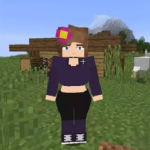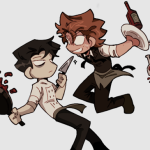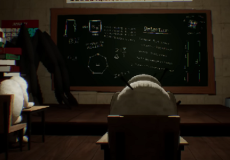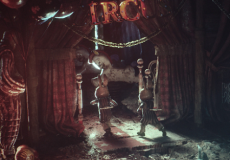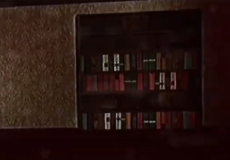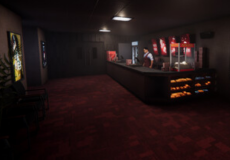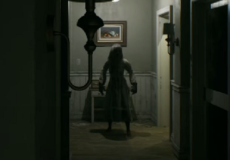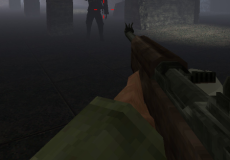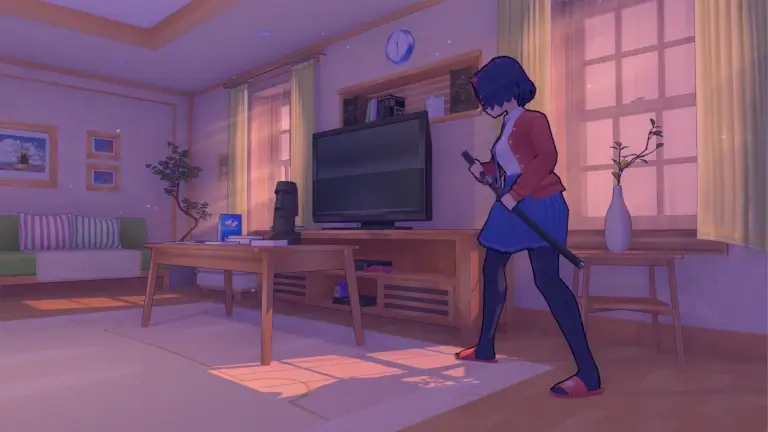

Julian & Friends
Advertisement
Julian & Friends is a narrative-driven game that follows Julian as he prepares a surprise event for a close friend. The story begins in a simple setting where each action seems routine—talking to neighbors, gathering supplies, and coordinating details. As the process unfolds, the environment starts to show irregularities: characters forget what they said, objects move unexpectedly, and previously safe spaces begin to distort. The goal remains the same—to finish preparations—but the way forward becomes unclear as familiar logic disappears. The player must continue interacting, even when the system itself begins to resist.
Advertisement
Similiar games
Julian & Friends is a narrative-driven game that follows Julian as he prepares a surprise event for a close friend. The story begins in a simple setting where each action seems routine—talking to neighbors, gathering supplies, and coordinating details. As the process unfolds, the environment starts to show irregularities: characters forget what they said, objects move unexpectedly, and previously safe spaces begin to distort. The goal remains the same—to finish preparations—but the way forward becomes unclear as familiar logic disappears. The player must continue interacting, even when the system itself begins to resist.
Structure and Interaction
The progression of Julian & Friends moves through short segments of exploration and dialogue. Each segment reveals new interactions or input points that affect future scenes. Choices determine which conversations occur, what responses you receive, and whether certain paths remain open. The world reacts to decisions and to the order in which actions are taken. Timing can change results, and small variations accumulate into major shifts in later stages. What starts as a social task becomes a sequence of observations about behavior and consequence.
Key mechanics that shape gameplay include:
· Branching dialogue trees that modify relationships
· Event triggers tied to specific item use
· Variable text and response systems
· Progress flags stored between sessions
· Multiple ending conditions based on action sequence
These systems work together to create a layered structure that does not rely on traditional puzzles or combat. Each decision rewrites small fragments of the narrative framework.
Logic and Experimentation
Julian & Friends encourages experimentation rather than problem-solving. You are rarely told what to do directly, and often the only way to progress is to repeat actions under different conditions. The game tracks earlier input and reuses it in unexpected ways, making each run slightly different. Observation becomes the main tool for understanding the rules. When the interface begins to break or react unpredictably, those reactions become clues. Success depends on noticing patterns and testing theories about how the game interprets commands.
Community and Continuity
The design of Julian & Friends connects to a broader set of titles that share a fictional universe. It borrows fragments of code, sound, and visual style from earlier games such as 98xx, suggesting a continuity of data rather than story. Players document findings, share code entries, and reconstruct timelines to understand how each piece fits. Community input often leads to the discovery of hidden scenes or alternate dialogues that change the perceived sequence of events. The game becomes an ongoing investigation conducted collectively rather than an isolated experience.
Discuss Julian & Friends







